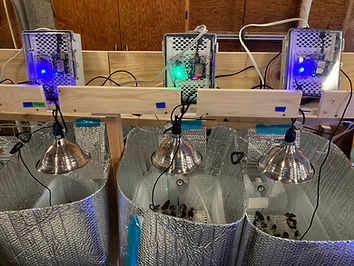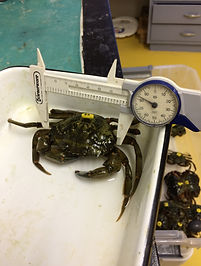
NANCOLLAS LAB
Research


The Nancollas Lab seeks to understand how aquatic organisms physiologically respond and adapt to dynamic and changing environments. We integrate classic whole organism, biochemical, and cellular techniques with emerging technologies to pursue various questions across biological scales. Much of our work focuses on shellfish species, given their ecological importance and economic value, to uncover the mechanisms that shape resilience in a rapidly changing world. See below for some of the research questions that drives our curiosity.




How do environmental stressors interact to shape physiological performance?
Many aquatic animals live in variable environments where they have to tolerate multiple environmental stressors, such as warming and hypoxia, simultaneously. While we have a wealth of information on the response to individual stressors, less is known about combined effects. Studying how organisms respond to multiple stressors, rather than each in isolation, is essential for predicting how populations will shift under future environmental conditions.
What aspect of an environmental signal is significant to an organism?
When we think of stress, we often think about the magnitude of that stress i.e what is the max temperature an organism can survive to. When in reality, organisms must respond to multiple aspects of the environmental signal such as variability, predictability, duration, and frequency in order to structure physiological strategies. We are interested in investigating how these aspects inform physiological performance and tolerance, to help better predict how populations will respond in a more variable, unpredictable world.
How does sensitivity to different stressors change over different life stages?
Development can often alter the physiological capacity of organisms to tolerate environmental stress,. We are interested in understanding how tolerance to different stressors changes over the course of an animals life span. These questions are especially important for conservation and management of important species to help identify when they may be the most vulnerable.
I'm a paragraph. Click here to add your own text and edit me. It's easy.